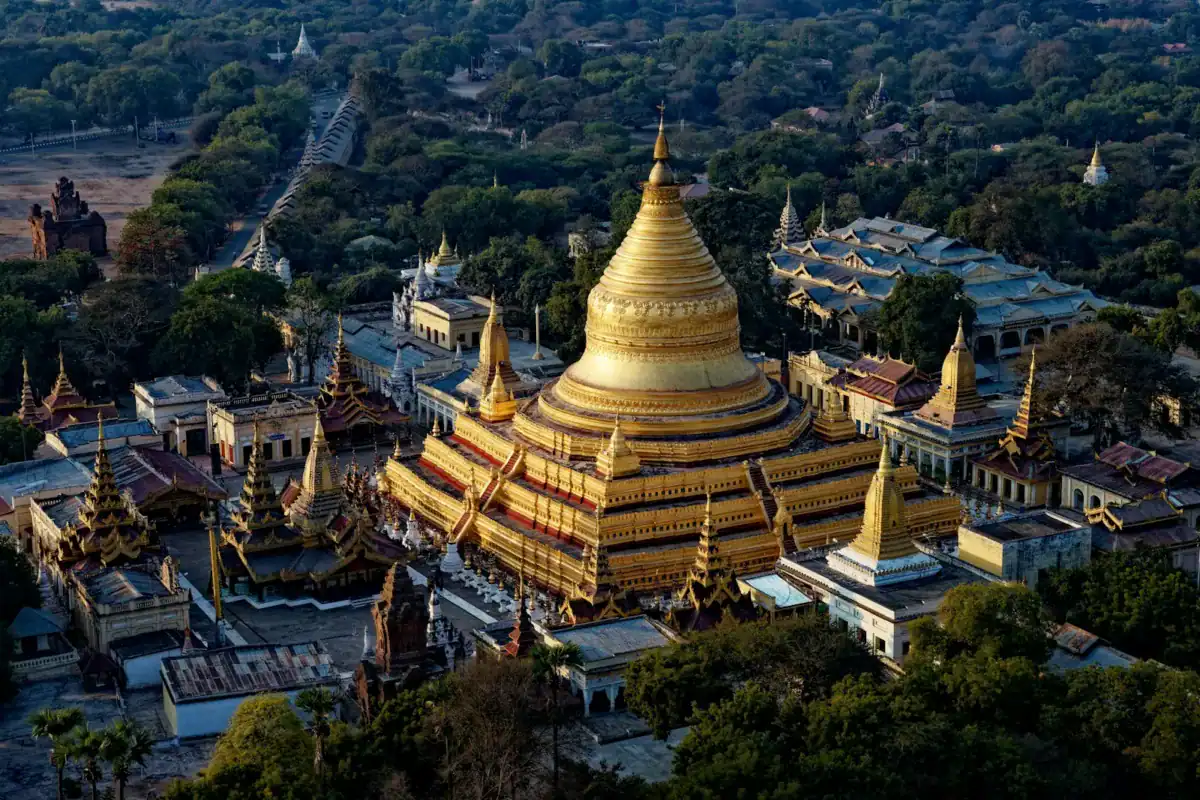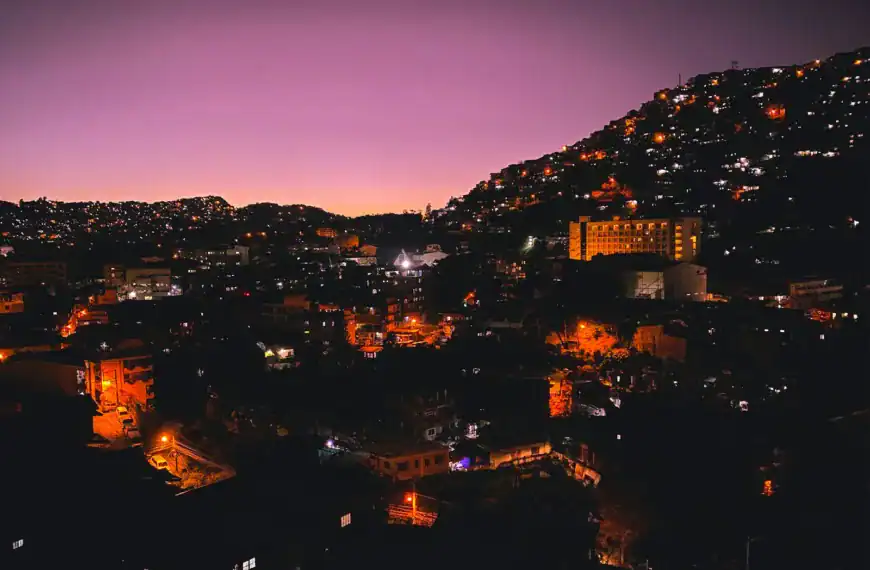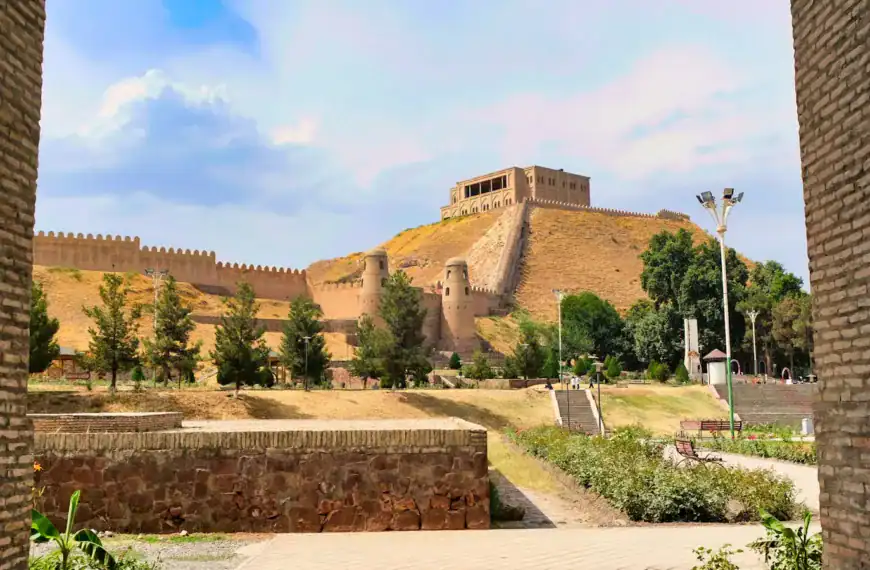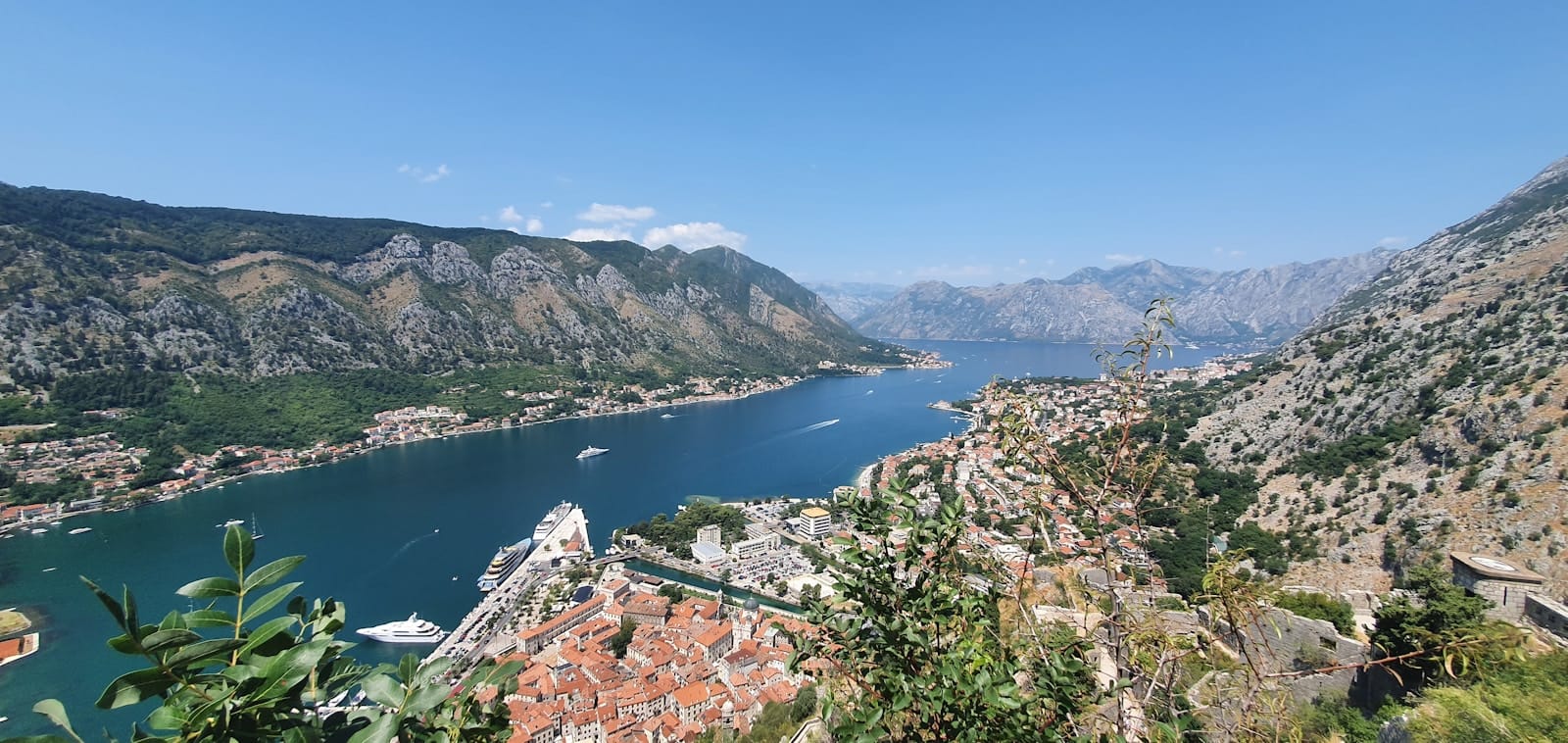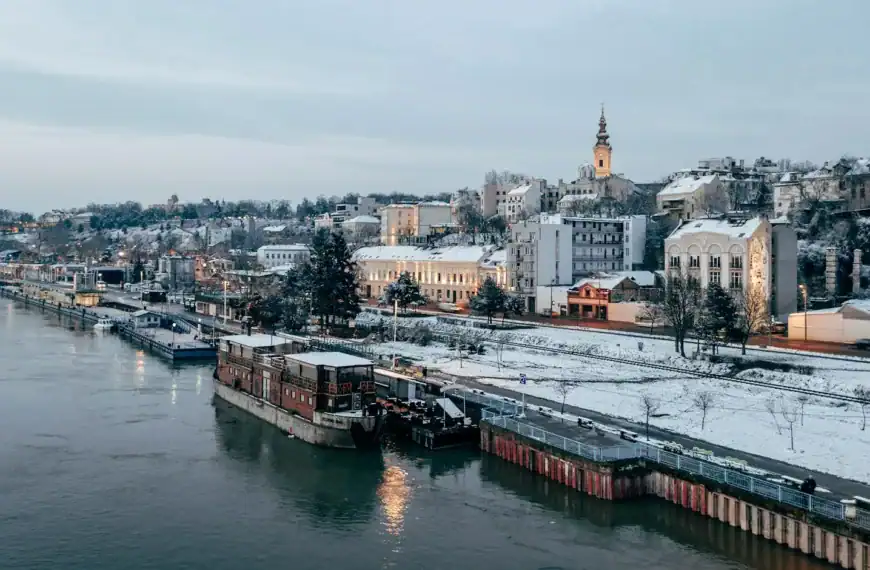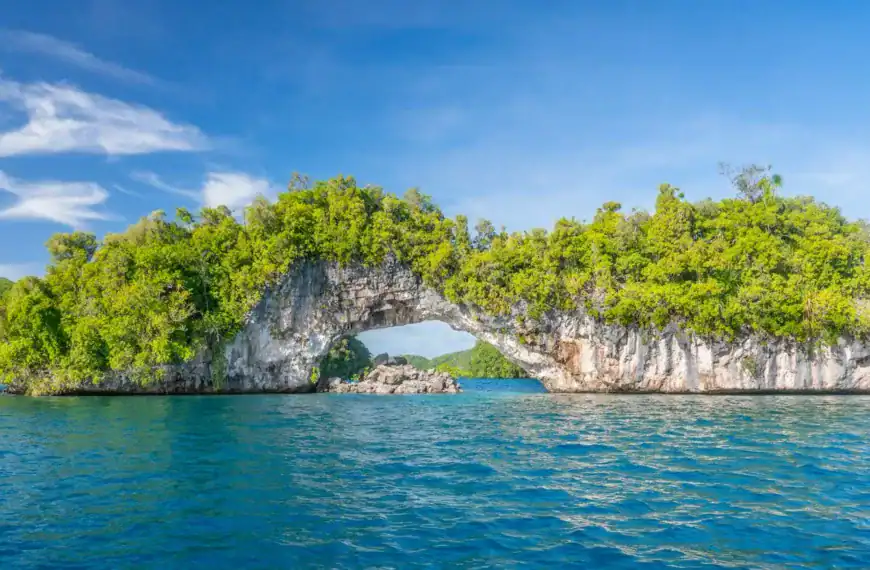Myanmar Travel Guide: Discover Timeless Wonders
Introduction to Myanmar Travel Guide
Myanmar is a land of golden pagodas, misty mountains, and deep-rooted traditions untouched by the rush of global tourism. From the tranquil shores of Inle Lake to the mystical plains of Bagan, this Southeast Asian gem offers immersive experiences for the culturally curious and adventure-hungry alike.
Whether you’re drawn by ancient Buddhist temples, vibrant ethnic cultures, or the soul-stirring landscapes of the highlands, Myanmar delivers a journey both profound and unforgettable.
Start planning your trip with our complete Myanmar Travel Guide — explore sacred heritage, serene escapes, and must-see destinations.
💡Quick Facts:
Continent: Asia (Southeast Asia)
Area: 676,578 km²
Population: ~55 million (2024 estimate)
Density: ~81 people/km²
Capital: Naypyidaw (administrative), Yangon (largest city)
Regions: Yangon, Mandalay, Bagan, Shan State, Rakhine State, Inle Lake, Kachin
Language: Burmese (official); ethnic minority languages common in rural areas
Currency: Myanmar Kyat (MMK)
Time Zone: GMT+6:30
Main Entry Airports: RGN (Yangon), MDL (Mandalay), NYT (Naypyidaw)
Climate: Tropical monsoon (hot and humid with a wet season from May to October)
Known For: Ancient temples, Bagan pagodas, Inle Lake, golden stupas, colonial architecture, ethnic diversity, traditional crafts, off-the-beaten-path travel
🛂Arrival Info:
Most foreign travelers require a visa to enter Myanmar. E-Visas are available online for tourism and business, valid for 28 days. Entry must be through Yangon, Mandalay, or Naypyidaw airports. Passport must be valid for at least 6 months. Myanmar eVisa Official Portal – Ministry of Immigration
💉Health Info:
Recommended vaccines include Hepatitis A & B, Typhoid, Japanese Encephalitis (for long stays), Tetanus, and Malaria prophylaxis depending on the region. Dengue is also present. Health facilities are limited outside major cities, so travel insurance is strongly advised.
Travel health updates — get coverage here
Stay Informed with Official Updates: World Health Organization – International Travel and Health | Centers for Disease Control and Prevention – Global Travel Health
🚨Travel Advisory:
Political unrest and armed conflict are ongoing in several regions. Curfews, restricted access zones, and military presence are common. Avoid Kachin, Rakhine, Chin, and parts of Shan states. Check current advisories from your government before traveling.
Stay Informed with Official Updates: US Travel Advisory | UK Foreign Travel Advice
📅Holidays:
Key holidays include Thingyan Water Festival (April), Independence Day (January 4), Union Day (February 12), and Thadingyut (Buddhist Festival of Lights, October). Expect widespread closures and travel congestion during Thingyan.
💰Money Matters:
ATMs are available in major cities but may not be reliable. Bring clean, new USD bills for exchange. Credit cards are accepted only at upscale hotels and establishments. Tipping is not expected but appreciated. Duty-free limits include 1 liter of alcohol and 200 cigarettes.
🚍Transport:
Domestic flights, long-distance buses, and trains connect major cities. Taxis are common in urban areas, but Grab is not available. Roads can be poorly maintained, especially in rural regions. Hiring a private driver is common for tourists exploring central Myanmar.
📶Connectivity:
SIM cards from Ooredoo and Telenor are widely available. Internet access is improving in cities but remains censored and unreliable in rural zones. Public Wi-Fi is rare. Download VPNs and offline maps before travel.
📜Laws & Etiquette:
Avoid political discussions and photographing government or military sites. Dress modestly, especially when visiting temples. Always remove shoes when entering religious sites. LGBT+ travelers should exercise discretion. Drug offenses carry severe penalties.
🛡️Emergency Info:
Dial 199 for police and 192 for medical emergencies (may not be reliable in all areas). Tourist safety varies by region. For peace of mind, purchase comprehensive insurance via Ekta – Compare Travel Insurance Options
🌦️Weather:
The best time to visit is during the dry season from November to February when temperatures are cooler and skies are clear. The monsoon hits from May to October, bringing heavy rain and flooding risks in lowlands.
Weather Forecast
Myanmar by Region – Where to Go
Despite political complexities, Myanmar remains a deeply diverse country with dramatic geography and over 135 ethnic groups. Here’s how the country breaks down regionally:
Yangon Region
- Yangon (Rangoon): The country’s former capital and commercial center, famous for the dazzling Shwedagon Pagoda, colonial-era architecture, and thriving street food.
- Thanlyin: A historic port town across the river from Yangon, with Portuguese church ruins and a peaceful riverside feel.
Mandalay Region
- Mandalay: A royal city near the heart of the country, home to teak monasteries, Mandalay Hill, and the bustling jade market.
- Pyin Oo Lwin: A charming former British hill station with botanical gardens and a cooler climate.
Bagan & Central Plains
- Bagan: Myanmar’s most iconic site, where over 2,000 ancient temples rise from the arid plain — best viewed at sunrise by hot air balloon.
- Mount Popa: A volcanic peak with a sacred monastery perched on top, known as the home of Myanmar’s nats (spirits).
Shan State (Eastern Highlands)
- Inle Lake: A serene, high-altitude freshwater lake with stilt-house villages, floating gardens, and leg-rowing fishermen.
- Kalaw: A trekking hub surrounded by pine forests, hill tribe villages, and scenic mountain trails.
Rakhine State (West Coast)
- Sittwe: A remote coastal town offering access to indigenous Rakhine culture and spiritual sites.
- Mrauk U: A lesser-known archaeological wonder with ancient temples set among jungle-covered hills.
Kayin & Mon States (Southeast Myanmar)
- Hpa-An: Surrounded by karst limestone mountains, caves, and rice paddies — ideal for motorbike explorations.
- Mawlamyine: A riverside city that inspired Rudyard Kipling, with colonial charm and vibrant markets.
Tanintharyi Region (Deep South)
- Dawei & Myeik Archipelago: An undiscovered coastal region with pristine beaches and untouched tropical islands — ideal for off-the-grid adventures.
Top Places to Visit in Myanmar
Here are Myanmar’s most remarkable destinations, grouped by travel themes:
Cultural Capitals
- Yangon: See the glowing Shwedagon Pagoda at dusk and walk the grid of decaying colonial streets.
- Mandalay: Dive into spiritual life at Mahamuni Pagoda and explore artisan quarters like gold leaf workshops.
Nature Escapes
- Inle Lake: Tranquil canoe rides, traditional silversmith villages, and birdwatching in the wetlands.
- Hpa-An: Mount Zwegabin treks and Saddan Cave’s stunning natural arch make it a top eco escape.
Sacred Sites
- Bagan: Thousands of Buddhist temples and stupas dating back over a millennium — Myanmar’s crown jewel.
- Golden Rock (Kyaiktiyo): A precariously balanced, gold-gilded boulder perched on a cliff edge — one of the country’s most revered pilgrimage sites.
Island & Coastal Retreats
- Ngapali Beach (Rakhine): Powdery sands and luxury resorts with gentle waves and dramatic sunsets.
- Myeik Archipelago: Over 800 untouched islands offering diving, snorkeling, and raw nature — many still inaccessible to mass tourism.
How to Choose Where to Go in Myanmar
Choosing where to travel in Myanmar depends on your style and priorities:
- For Temples & History: Base in Bagan and Mandalay, pairing the temple plains with nearby monasteries and ancient capitals.
- For Mountains & Trekking: Head east to Kalaw and Inle Lake, or go south to Hpa-An’s jungle-covered limestone peaks.
- For Beaches & Islands: Ngapali offers ease and comfort, while Myeik caters to adventurous spirits.
- For Authentic Rural Life: Visit Shan or Chin hill villages, especially around Kalaw or Loikaw.
For a well-rounded trip, combine Yangon (urban & spiritual), Bagan (historic), and Inle (natural/cultural).
How to Get Around Myanmar
Getting around Myanmar requires flexibility, but it’s improving:
- Domestic Flights: Fastest way between major tourist areas like Yangon–Bagan–Mandalay–Heho (Inle Lake). Myanmar National Airlines and Air KBZ are common carriers.
- Trains: Scenic but slow. The Yangon–Mandalay route is iconic, and the Gokteik Viaduct journey near Pyin Oo Lwin is breathtaking.
- Buses: Reliable for long-distance routes. JJ Express and Elite Express are reputable VIP coach services.
- Boats: Ferries operate on the Irrawaddy River (e.g., Bagan to Mandalay).
- Taxis & Ride-Hailing: Available in Yangon and Mandalay via Grab.
- Motorbike Rentals: Common in rural areas and small towns like Hpa-An and Kalaw.
Travel Budget & Costs in Myanmar
Myanmar remains highly affordable:
- Budget Travelers: $20–35/day — local guesthouses, street food, buses.
- Mid-Range: $40–80/day — boutique hotels, domestic flights, restaurant meals.
- Luxury: $100–250/day — top resorts, private guides, scenic flights.
Sample prices:
- Local meal: $1.50–3
- Temple entrance fee (Bagan): ~$20 (valid 5 days)
- Express bus (Yangon to Bagan): ~$15
- Domestic flight (Yangon to Heho): ~$50–70
Tip: Cash is still king. Carry crisp USD for exchanges, and use ATMs in major cities only.
Best Time to Visit Myanmar
Cool & Dry (November–February)
- Ideal for sightseeing, especially in Bagan and Mandalay
- Peak tourist season
Hot & Dry (March–May)
- Very hot in lowlands (especially Bagan)
- Good time for trekking in Shan State
Wet/Monsoon (June–October)
- Rainfall heaviest in coastal and southern regions
- Some remote areas (like Myeik) may be inaccessible
Festivals:
- Thingyan (Water Festival): Mid-April, marking Burmese New Year with joyful nationwide celebrations.
- Thadingyut (Festival of Lights): October, honoring Buddha’s descent from heaven.
Must-See Experiences in Myanmar
Here are the top things to do in Myanmar that travelers never forget:
- Sunrise Over Bagan by Balloon: Watch ancient temples glow under golden skies.
- Cruise the Irrawaddy River: Slow travel between Mandalay and Bagan — temples and villages line the banks.
- Trek Kalaw to Inle Lake: Multi-day route through hill tribe villages and lush farmland.
- Join a Food Tour in Yangon: Taste mohinga, samosa salad, and Burmese curry in bustling markets.
- Visit a Monastic School: Gain insight into Myanmar’s spiritual life and donate to education initiatives.
- Climb Golden Rock: Join pilgrims in a scenic mountain ascent.
- Explore Mrauk U: A remote temple town with mystical energy and barely any tourists.
- Dive the Myeik Archipelago: A rare, pristine underwater world (permits required).
- Take a Circular Train in Yangon: See everyday life from a vintage, slow-moving rail loop.
- Experience Thingyan Festival: Expect drenched joy, dancing, and cultural pride.
Book immersive Myanmar tours and experience unforgettable things to do in Myanmar — from sacred temple rituals and highland treks to floating markets and lakeside food adventures.
Best Travel Itineraries in Myanmar
Here are sample routes to help build your perfect itinerary:
7-Day Highlights
- Yangon → Bagan → Inle Lake
- Visit Shwedagon, explore temples, relax lakeside
10-Day Culture + Nature
- Yangon → Mandalay → Pyin Oo Lwin → Bagan → Inle
- Mix temples, colonial towns, and highland beauty
2-Week Grand Loop
- Yangon → Hpa-An → Bagan → Mandalay → Kalaw → Inle Lake → Yangon
- Balanced and scenic with cultural depth
Local Cuisine & Culinary Experiences
Myanmar’s cuisine reflects its diverse ethnic mosaic:
Must-Try Dishes:
- Mohinga: Fish noodle soup — the national dish.
- Shan Noodles: Mild and savory with peanuts and pickled veggies.
- Tea Leaf Salad (Lahpet Thoke): Fermented tea leaves, crunchy nuts, and chili.
- Burmese Curry: Served with rice, soup, veggies, and condiments.
- Mont Lin Ma Yar: “Husband and wife” street snacks — crispy rice cakes with quail egg.
- Nan Gyi Thoke: Thick noodle salad with chicken and turmeric.
Unique Dining:
- Night markets in Yangon and Mandalay
- Floating villages near Inle offering lunch-on-lake experiences
- Tea shops are cultural hubs — try strong Burmese tea with condensed milk
Travel Safety & Cultural Etiquette in Myanmar
Safety Tips:
- Exercise caution due to regional conflicts (avoid northern Rakhine and some border zones)
- Political demonstrations are rare in tourist zones but monitor travel advisories
- Carry ID — occasional police checks occur
Cultural Norms:
- Remove shoes at temples and pagodas
- Avoid public displays of affection
- Dress modestly — cover shoulders and knees
- Don’t touch someone’s head or point with your feet
- Always ask before photographing locals
Where to Go Next – Pair Myanmar with These Destinations
- Thailand: Easy flight routes and cultural continuity
- Laos: Combine with Inle Lake and Golden Triangle explorations
- India (Northeast): A shared border with tribal cultural connections
- Vietnam or Cambodia: For Indochina circuit travelers
Explore neighboring countries with our detailed guides:
Final Planning Checklist for Myanmar
• Finalize route: urban gateways, temple towns, highland treks
• Book Bagan hot air balloon early (seasonal availability)
• Reserve flights and VIP buses in advance
• Bring USD cash in pristine condition (for exchange)
• Confirm visa online (eVisa for most nationalities)
• Pack long-sleeve clothing and sandals for temple visits
• Get a local SIM or eSIM (Ooredoo, Telenor)
• Download offline maps, Burmese phrasebook app
• Check latest safety and border updates
• Respect local customs — even small gestures matter
Explore Myanmar with confidence using our trusted tips, local insights, and region-by-region planning tools.
For more expert travel tips, practical strategies, and trusted tools — visit our Homepage and get inspired for your next trip.

